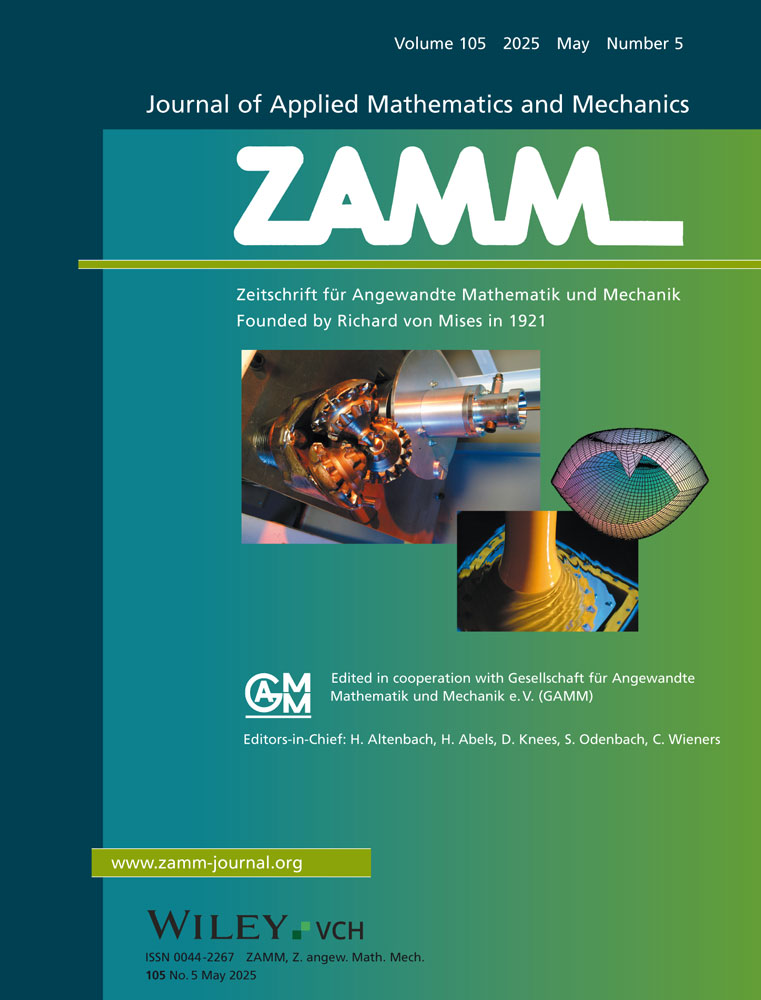Analyzing variable characteristics on a Newtonian fluid flow over a rotating sphere in a variable porous medium with entropy generation analysis
Abstract
Latterly, energy scarcity is assumed to be a major issue in the manufacturing process since a major chunk of energy produced is lost in this transit. As heat transmission is an irreversible process, it is necessary to limit the entropy during such flows. Consequently, the rationale of this paper is to investigate entropy generation on the transient viscous fluid flow near a stagnation point past a rotating sphere immersed in a variable porous media. For enhanced realism, the model incorporates temperature-dependent thermal conductivity, viscosity, and mass diffusion overcoming the limitations of constant values often used in simpler models. The novelty of this envisioned model is bolstered by integrating thermal and solutal stratifications, combined with irreversibility analysis. The available literature possesses a bulk of articles focusing on constant thermal conductivity, viscosity, and mass diffusivity. However, there is a scarcity of studies that discuss the variable traits of these characteristics and are more near to real-world modeling. The exclusive feature of this study lies in investigating the flow of the viscous fluid over a rotating sphere in a temperature-dependent medium near a stagnation point with variable viscosity, thermal conductivity, and mass diffusion. For the numerical outcome, bvp4c is implemented. The behavior of the enhanced values of dimensionless parameters over the corresponding profiles is illustrated through graphs and tables. It is observed that on increasing the porosity parameter primary velocity profile escalates. Growing values of variable viscosity parameter portray an increasing behavior for the primary velocity profile and depict a decline for the secondary velocity profile. Temperature profile decays for augmented values of thermal stratification parameter. Surface drag force elevates on amplifying the rotation parameter for streamwise and rotational direction. Enhancement in rotation and variable thermal conductivity parameters optimizes the rate of heat transmission. By varying the Brinkman number and rotation parameter entropy generation optimizes.
CONFLICT OF INTEREST STATEMENT
The authors declare no competing interests reported in this paper.




